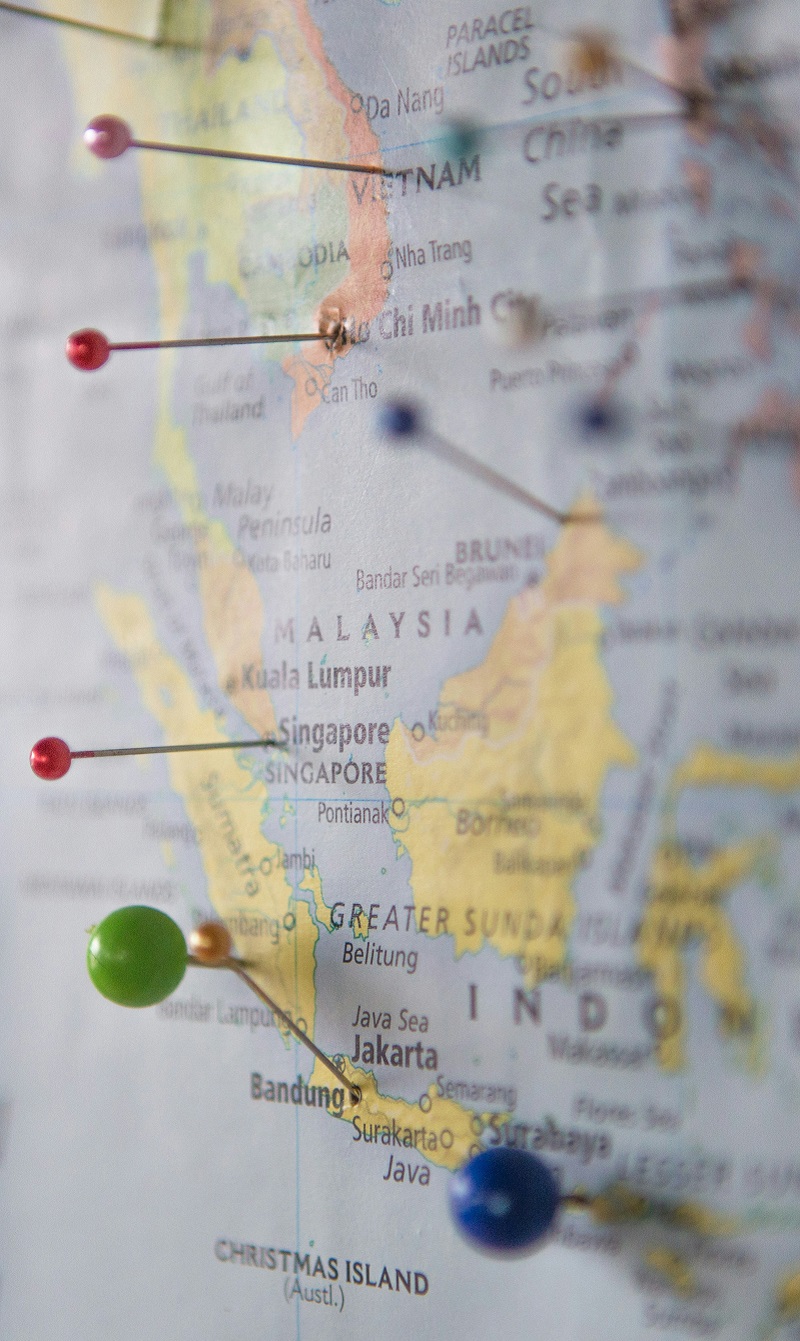Architects of a Resilient Economy
Entrepreneurs are key builders of economic resilience. Su Aziz looks at what characteristics are needed to survive shocks and prevail in a disruptive age that’s full of surprises. This was an article features in In Focus magazine issue 5.
To achieve economic resilience, like everything else, requires people. To be more precise, a workforce. Interestingly, key findings of a study done by The Conversation, an Australian not-for-profit media, shows that areas with a majority of workforce between the ages of 25 – 45 years old have lower resilience and this suggests a more experienced workforce can better help their economy bounce back. The same study discovered that having a more highly educated workforce don’t guarantee resilience. However, a larger percentage of self-employed workers is ‘unambiguously associated with greater resilience’.
Now, when it comes to industrial diversity and economic complexity where the area’s industries are interconnected, the study by The Conversation shows a positive result: areas with high levels of both diversity and complexity ‘may suffer less in the next downturn. However, economic diversity alone may well help areas avoid big drops but doesn’t necessarily enhance resilience’.
In a nutshell, three elements seem to be the building blocks of a resilient economy: one, higher levels of self-employment; two, employment spread across diverse industries, and; lastly, complex economies.
Personality of Resilient Enterprises
When the global economy is at a low, a typical strategy is to tighten belts and reduce cost. However, this alone isn’t effective to survive negative economic shocks. In fact, to build economic resilience requires a blend of processes. Recent studies from both business and academia, according to Deloitte’s article on Building Business Resilience to the Next Economic Slowdown, identifies three areas that are vital in ensuring that enterprises survive a downturn and use the unfavourable conditions to their own advantage:
- Anticipation capabilities and collateral pathways: Ability to anticipate the unexpected before others do is essential for resilience. Thus, it ensures an enterprise to have a backup plan and be able to adapt to a current situation, as well as absorb the shock and think ahead.
- Availability of a broad set of resources: A fundamental component when it comes to readying for an emergency is financial resources that’s needed to activate other key resources such as human capital which can bolster successful recovery from a shock, and advanced use of information as well as communication technologies which boosts efficiency and competitiveness.
- Network relationships: External network increases collaborations as well as contributes to an enterprise’s resilience to challenges and shocks because it increases knowledge transfer and dissemination of innovation.
Look Inward, Go Local
Change, as in the late Michael Jackson’s song, begins with the man in the mirror and the best place to start building resilience is locally. As proven by various studies, entrepreneurship aids economic rejuvenation and increases resilience to shocks in areas experiencing industrial decline, during which time, it’s also fundamental in the reworking of local economies and encourages two traits of a resilient economy which are capacity development and diversification.
Still, it isn’t fair to depend on enterprises alone to drive change as well as adjustments, and cultivate resilience. Policymakers hold a key role in it too. Policies that are business-friendly and therefore, stimulate business growth that encourage people to start businesses. This in turn, plants seeds of economic prosperity in an area and a resilient local economy.
A framework by Locality, Keep it Local for Economic Resilience, states six characteristics of a resilience local economy:
- Diverse, responsible local enterprises that are committed to the place, growing the local economy and provide good quality employment opportunities.
- Stable and inclusive financial institutions that provide access to affordable finance, financial advice and promote financial capability.
- Positive flow of money and resources with long term investment, a high local economic multiplier and public sector procurement is local by default.
- Strong local asset base where local people are skilled, healthy and financially secure, as well as access and control over productive resources.
- Active and connected citizens with good local access to public services, high levels of democratic participation and a strong sense of community.
- Clean and sustainable environment which translates to a community operating within environmental limits, as well as with strategies for sustainable use of food, land and energy.
Looking at the Big Picture
According to 2019 Global Resilience Index by FM Global, an American risk management consultancy firm, as of the second quarter of 2019, Norway is the most resilient economy out of 130 countries ranked. This is based on top 10 ratings in economic productivity, political stability, control of corruption as well as corporate governance. What’s more, Norway has low natural hazard exposure and has lessened its economic reliance on oil.
Meanwhile, in the eastern hemisphere, only two countries made the top 25 of the Index and they are Hong Kong at 18th place and Singapore at 21st place. In fact, FM Global ranked Singapore as one of the top 10 for strong economy, low political risk, excellent infrastructure, low corruption and natural hazard risk, making it an attractive choice for companies interested in creating a stronger Asian presence.
Uncertainties in the past two years, in the form of trade wars from both the east and west, Brexit, natural disasters such as earthquake that affects Japan’s economy, wildfires in Australia, hurricanes in the States and floods affecting countries such as India, among others, have all contributed to the weakening of the country’s economy and are classified as shocks caused by external impacts.
Other shocks are constituted by downturns in the national or global economy that affect demand for local goods and spending, as well as downturns of particular industries critical to local economic activities. Thus, driving home the critical role resilience plays.
Main photo by Hunters Race on Unsplash.





